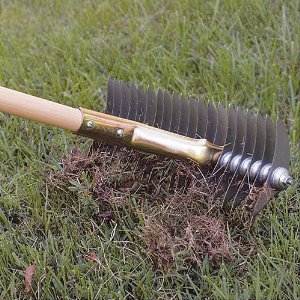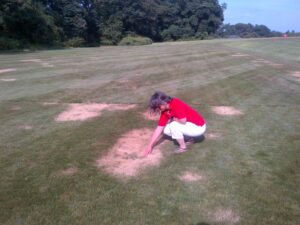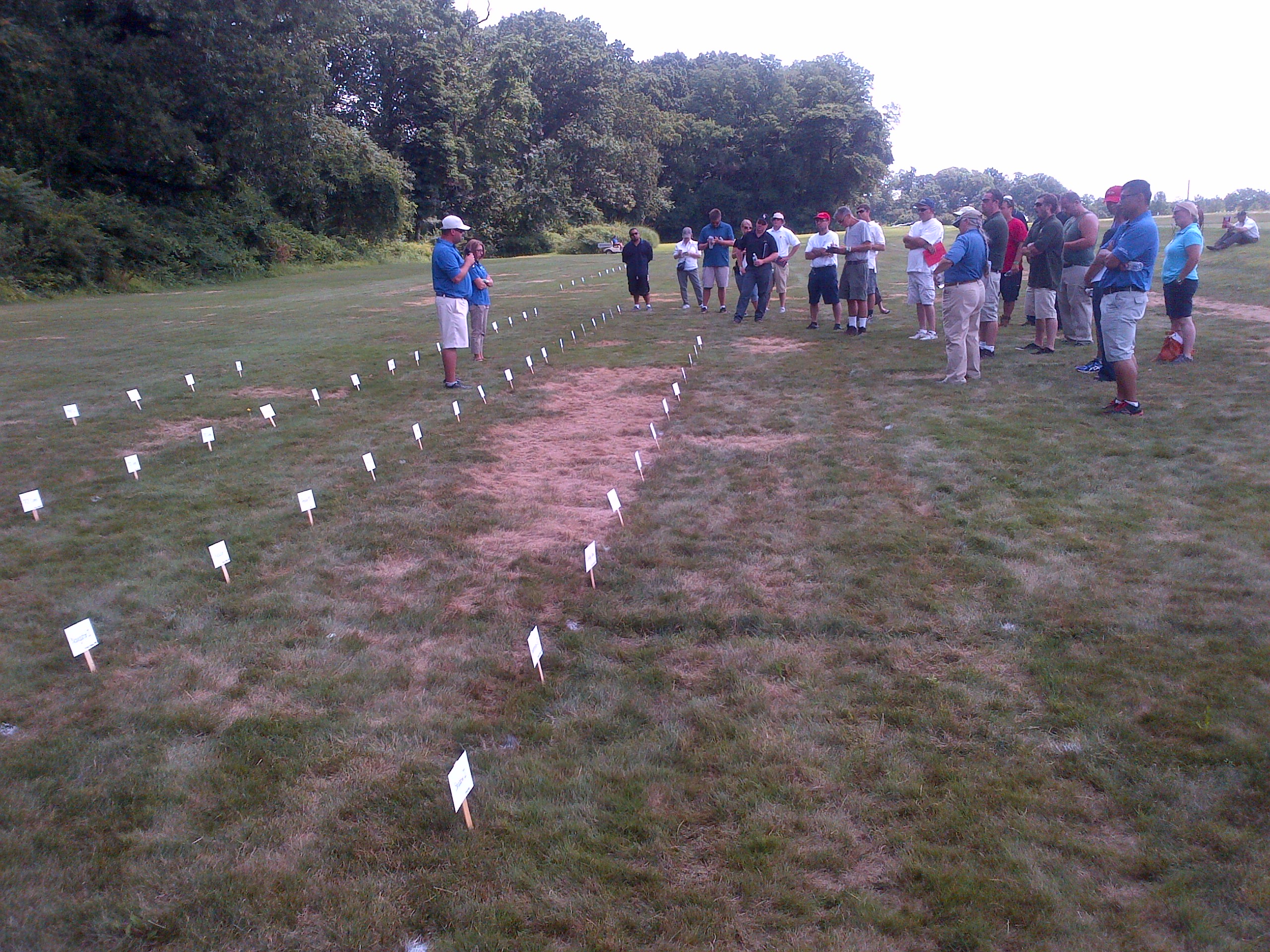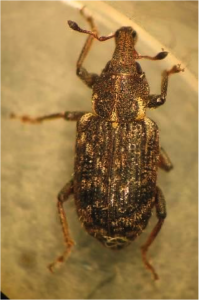By Jim Murphy

Use crabgrass rake to remove
crabgrass infestations in small areas.
If you’ve experience the number of rains that we have in New Brunswick, you are probably seeing plenty of crabgrass. Weather conditions have been ideal for crabgrass in many areas of the state.
You may be asking what can be done to clean-up this weed problem and reduce the impact on renovation practices that you may want to implement at this time of the year. [Read more…]




